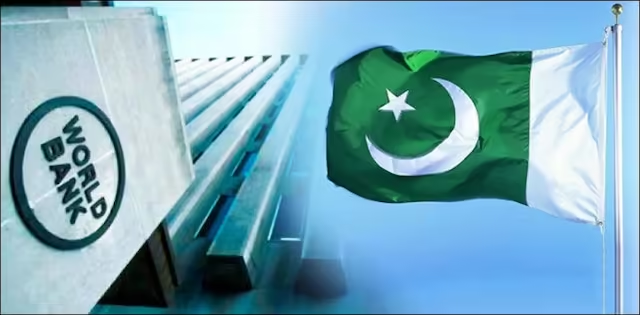Economic Outlook Deterioration
The World Bank has issued a sobering assessment of Pakistan’s economic prospects, cautioning that recent catastrophic flooding will likely hamper growth momentum and drive inflation higher. The international financial institution’s latest report paints a challenging picture for the country’s economic recovery trajectory.
Downgraded Growth Projections
Pakistan’s GDP growth forecast for the current fiscal year 2025-26 has been substantially revised downward to 2.6%, falling significantly short of the government’s optimistic target of 4.2%. The World Bank anticipates a modest improvement to 3.6% growth in the subsequent fiscal year, though this remains below desired levels for meaningful economic development.
Flood Impact on Economic Recovery
The devastating floods have emerged as a critical obstacle to Pakistan’s economic rebound. The World Bank projects that flood-related destruction will constrain real GDP growth to approximately 2.6% throughout FY2025-26. These natural disasters have created widespread disruption across multiple economic sectors, complicating recovery efforts.
Inflationary Pressures Mounting
Inflation is expected to surpass 7% during the current fiscal period, placing additional strain on household budgets and consumer purchasing power. Rising price levels compound the economic challenges facing Pakistani citizens and businesses alike.
Agricultural Sector Devastation
The report documents severe damage to Pakistan’s agricultural foundation, with Punjab province experiencing a 10% decline in agricultural output. Critical crops including rice, sugarcane, cotton, wheat, and maize have suffered extensive flood damage, threatening food security and rural livelihoods.
Supply Chain Disruptions
Flood events have severely disrupted food supply chains, creating logistical challenges for distribution networks and contributing to price volatility. These interruptions affect both domestic food availability and agricultural export capabilities.
Fiscal Challenges Intensifying
The government faces mounting fiscal pressures, with the fiscal deficit projected to expand to 5.5%. This widening gap between government revenues and expenditures poses difficulties for public investment and social spending priorities.
Poverty Alleviation Prospects
Despite challenging conditions, the World Bank forecasts a marginal improvement in poverty indicators, with national poverty rates declining from 44% in the current fiscal year to 43% in FY2026-27. However, this modest reduction underscores the persistent scale of socioeconomic challenges.
Pathway to Economic Stabilization
The report identifies several critical measures for economic stabilization, including implementation of fiscal reforms, enhancement of revenue collection mechanisms, disciplined expenditure management, and accelerated agricultural sector recovery. These interventions are deemed essential for restoring macroeconomic stability.
Reform Strategy Implementation
Pakistan’s five-year reform agenda includes tariff reduction initiatives designed to stimulate export growth. While flood-related setbacks may temporarily impede export performance, increased remittance flows and declining oil prices offer potential buffers for maintaining external economic equilibrium.





